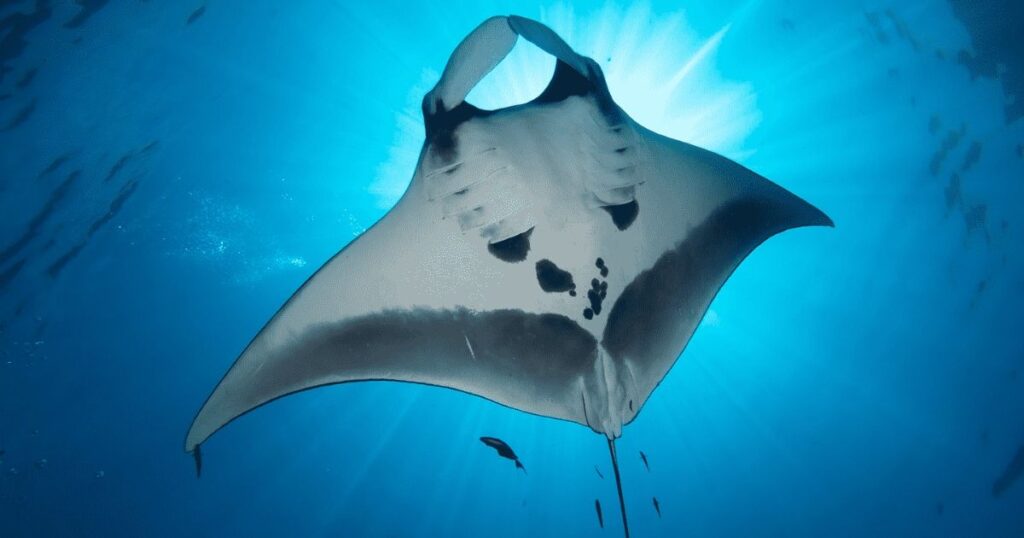fish

Āholehole - Kuhlia xenura
The Hawaiian flagtail is an endemic fish found throughout the Hawaiian Islands. It can reach 9 inches long and feeds nocturnally on plankton. The Hawaiian flagtail inhabits shallow coastal waters and reef edges, with young in tidepools and estuaries. It is fished commercially and recreationally. Threats include overharvesting and habitat degradation. Conserving the Hawaiian flagtail involves regulating fisheries, protecting coastal habitats, and maintaining healthy populations.
Kūmū - Paurupeneus porphyreus
The kūmū is a goatfish endemic to Hawai’i that can reach about 38 cm in length. It feeds on invertebrates in the sediment around reefs, and may form schools during the day. Young are common in shallow waters while adults occur throughout reef habitats. Though traditionally caught for subsistence and cultural purposes, commercial landings have declined in recent years. No major threats are identified, but maintaining healthy populations through appropriate fishing regulations is a conservation priority. Monitoring and research on factors affecting population size are recommended.
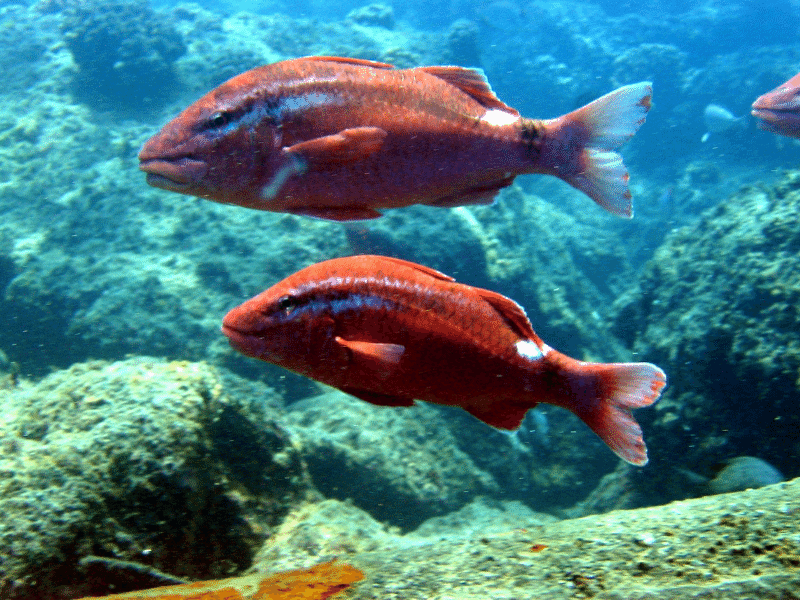
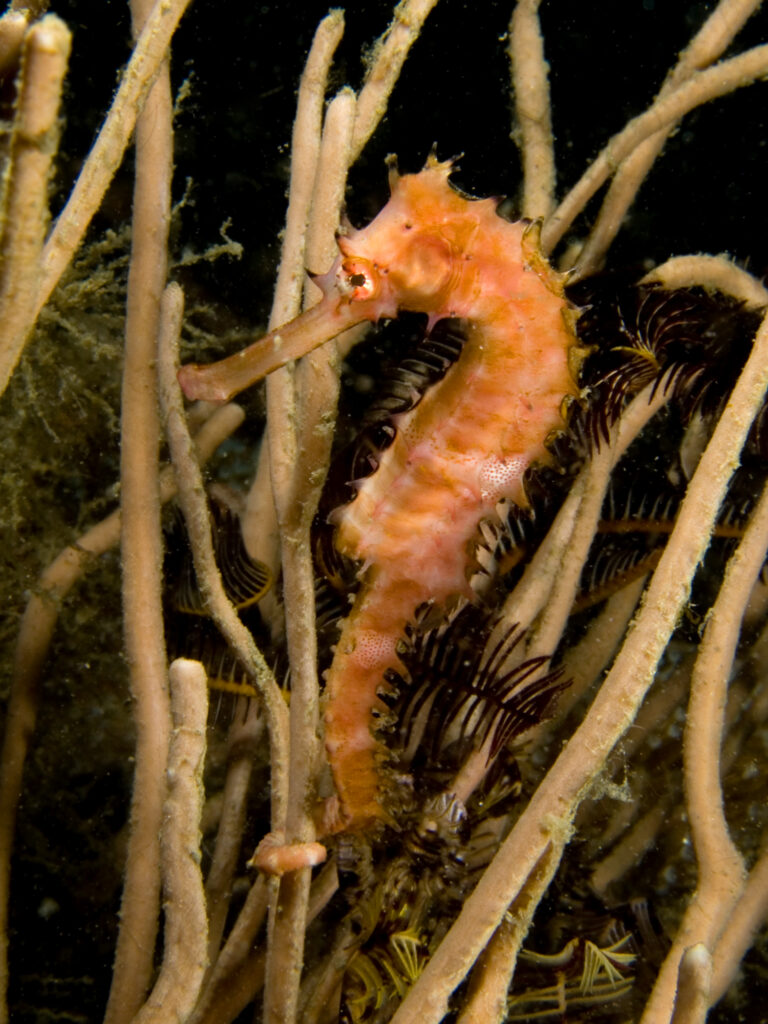
Spiny seahorse - Hippocampus histrix
The spiny seahorse (Hippocampus histrix), also known as the thorny seahorse, is a small marine fish native to the Indo-Pacific area and classified as a Vulnerable species. It can reach a length of 15–17 cm and is characterized by a slender body covered with uniformly sized sharp thorns. The body coloration is highly variable, allowing it to match its surroundings. The spiny seahorse inhabits relatively deep waters (10–95 m) and is found on various substrates, including seagrass beds. It has a carnivorous diet and exhibits ovoviviparity, where the male broods the eggs in a ventral pouch. The species faces threats from exploitation for traditional medicine and the aquarium trade, bycatch in shrimp fisheries, and habitat destruction, leading to a decline in population by more than 30% over the last 10-15 years.
Yellow seahorse - Hippocampus kuda
Hippocampus kuda, also known as the common seahorse, is a species that inhabits waters from the Persian Gulf to Southeast Asia, Australia, Japan, and the eastern coast of Africa. It is characterized by a large, elongated body without spines, and its coloration can vary from dark to yellow, cream, or reddish blotches. The species is monogamous and engages in unique courtship rituals, with males carrying up to one thousand eggs in a ventral brood pouch. H. kuda feeds on small prey like larval fishes and zooplankton and faces predation from crabs, rays, tuna, sea turtles, and humans. It is valuable in traditional Chinese medicine and is a popular species among aquarium keepers. The species is classified as vulnerable by the IUCN, facing threats from bycatch, targeted catch, habitat destruction, and illegal trading, with populations having declined by 30% in recent decades.
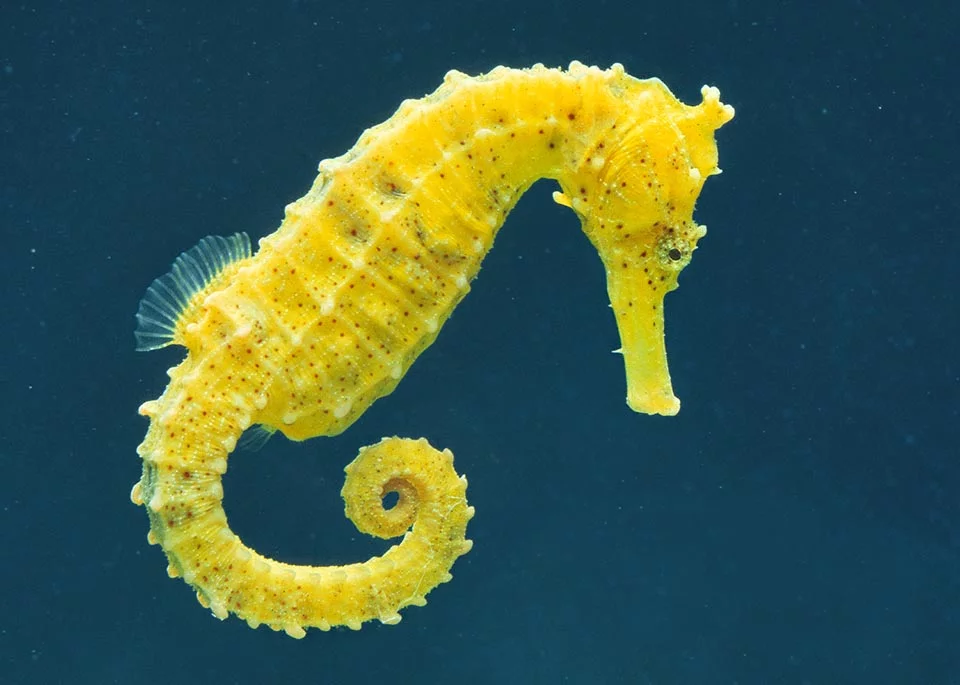
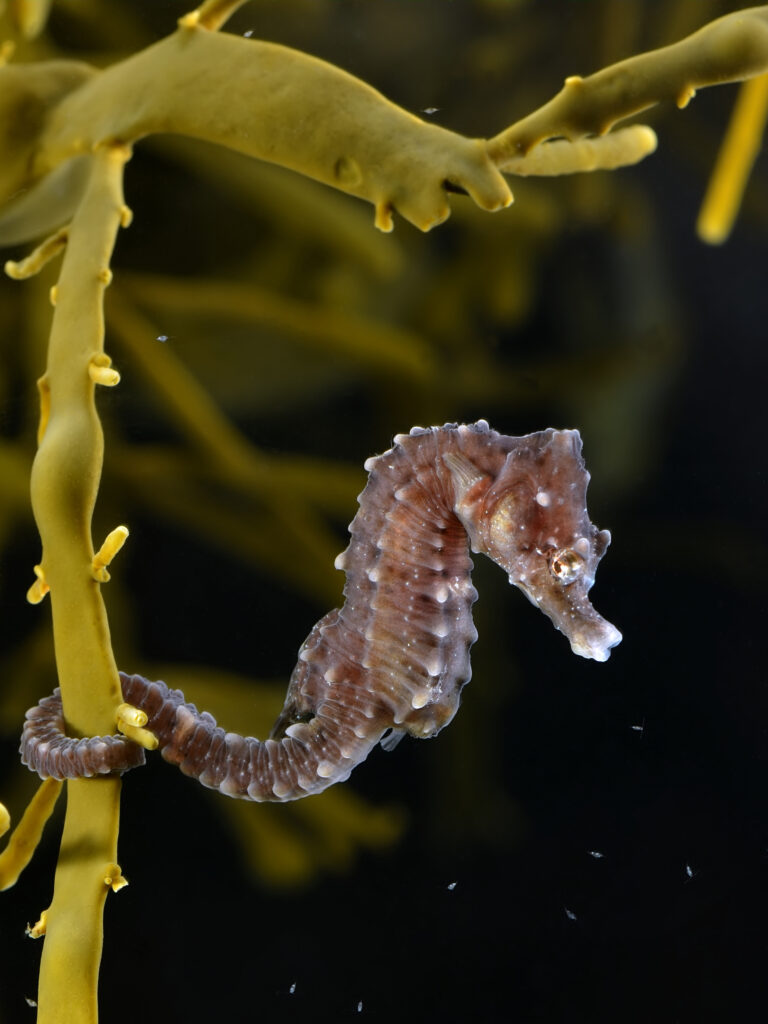
Fisher’s seahorse - Hippocampus fisheri
Fisher’s seahorse (Hippocampus fisheri), also known as the Hawaiian seahorse, is a species of fish found in the Hawaiian Islands, with previous misidentifications indicating occurrences in Australia and New Caledonia. Its habitat preferences are unknown, but it has been found far from shore and at depths greater than 100 meters. While feeding habits are not well-documented, it is expected to feed on small crustaceans, similar to other seahorses. Fisher’s seahorse is one of three Hippocampus species found in Hawaii and is believed to be ovoviviparous, with males carrying eggs before giving birth to live young. Individuals can grow to lengths of 8 centimeters (3.1 inches). The species is named in honor of “Walter V. Fisher” of Stanford University, though the “V” is assumed to be a typo, referring to Walter Kenrick Fisher, a colleague of the species’ describers.
‘O‘opu ʻakupa - Eleotris sandwicensis
The ‘o’opu ‘akupa is Hawaii’s only endemic eleotrid fish, growing up to 33 cm long and feeding on invertebrates and fishes. It spawns in freshwater, with larvae washing out to sea before recruiting back to streams. Though found historically across the main Hawaiian islands, it is now restricted to lower stream reaches and estuaries. Tolerant of degraded habitats, populations remain stable though still facing threats like habitat loss and introduced species. Conservation actions aim to improve altered streams and control predators while monitoring population trends. Research priorities include studying pollution effects and source-sink dynamics across its range.
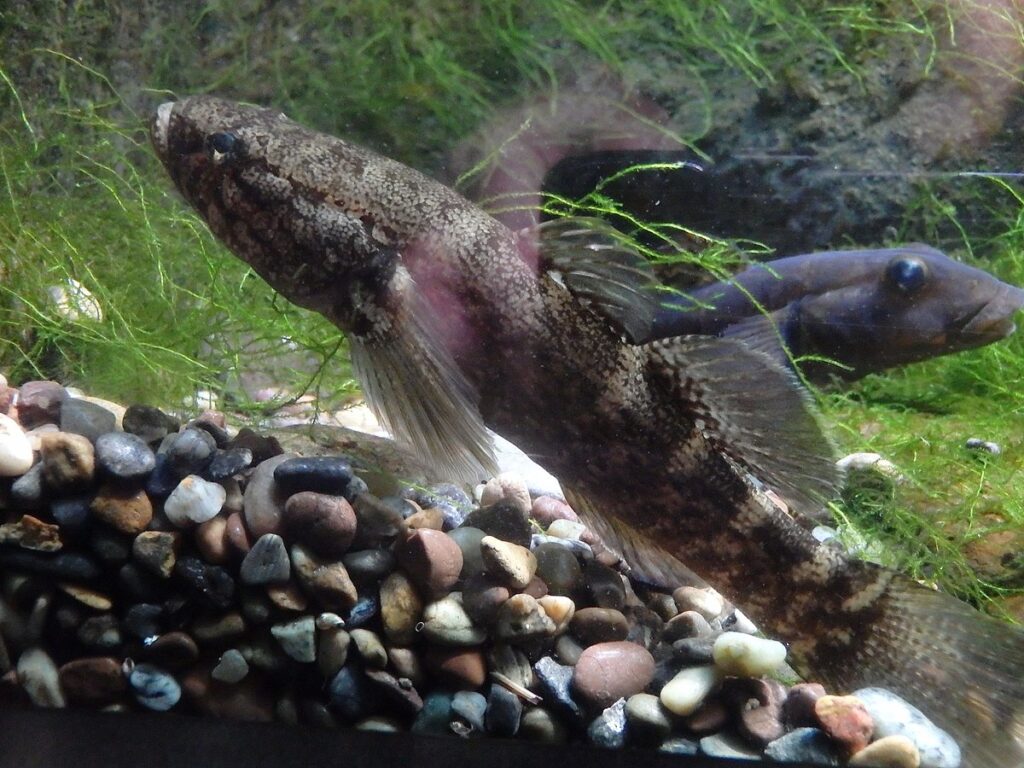

‘O‘opu ʻalamo‘o - Lentipes concolor
The ‘o’opu ‘alamo’o is an endemic Hawaiian goby distinguished by its remarkable climbing ability using suction discs. Males exhibit striking color patterns and are territorial, while juveniles and females feed on algae and aquatic invertebrates. After breeding in upstream areas, larvae wash out to sea before recruiting back to freshwater sources. Though once found on all main islands, habitat loss now restricts it to fewer streams. While tolerant of natural variability, alterations like diversions and pollution have decreased populations. Conservation requires improving degraded habitats and controlling predators while monitoring population trends.
‘O‘opu nākea - Awaous guamensis
The ‘o’opu nākea is the largest of Hawaii’s indigenous gobies, growing over 35 cm long and feeding on algae, insects, and crustaceans. It migrates downstream to spawn in estuaries, with males guarding the eggs. Larvae wash out to sea for several months before recruiting back to freshwater. Though once found across the main islands, habitat alterations like diversions have reduced some populations. Remaining threats include pollution, habitat loss, and introduced species. Conservation requires protecting and restoring natural stream habitats while monitoring population trends and fishing impacts.
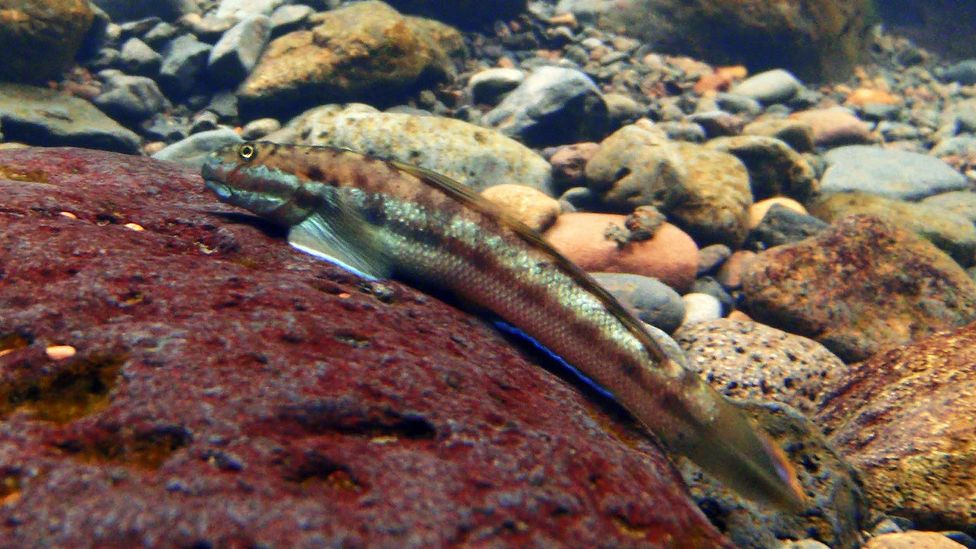
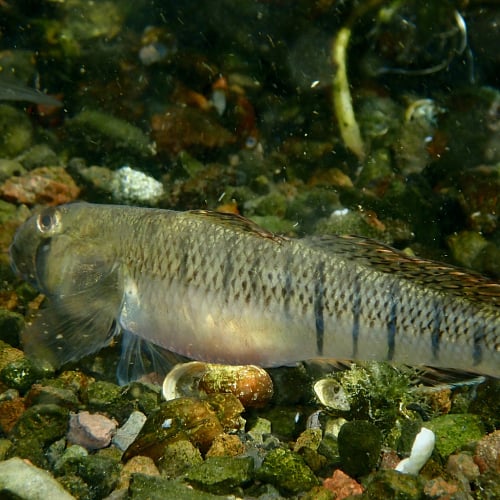
‘O‘opu naniha - Stenogobius hawaiiensis
The ‘o’opu naniha is a smaller Hawaiian goby reaching 10-13 cm long, feeding on algae, worms, and insects in stream sediments. It spawns year-round with males guarding the eggs. Larvae wash out to sea for months before recruiting back into freshwater. Though once found across all main islands, it now occupies lower stream reaches and estuaries. Remaining threats include habitat degradation, pollution, introduced species, and potential overfishing. Conservation requires protecting and restoring stream habitats while monitoring population trends.
‘O‘opu nōpili - Sicyopterus stimpsoni
The ‘o’opu nōpili is a Hawaiian goby that displays elaborate courtship rituals and variable coloration based on age and activity. It spawns between August and March with males guarding the eggs. After larvae wash out to sea and undergo metamorphosis, post-larvae recruit back into streams indiscriminately. Though once occupying streams across all main islands, it is now reduced primarily to less degraded habitats. Remaining threats include habitat degradation, pollution, and introduced species. Conservation requires protecting and restoring natural stream conditions while monitoring population trends.
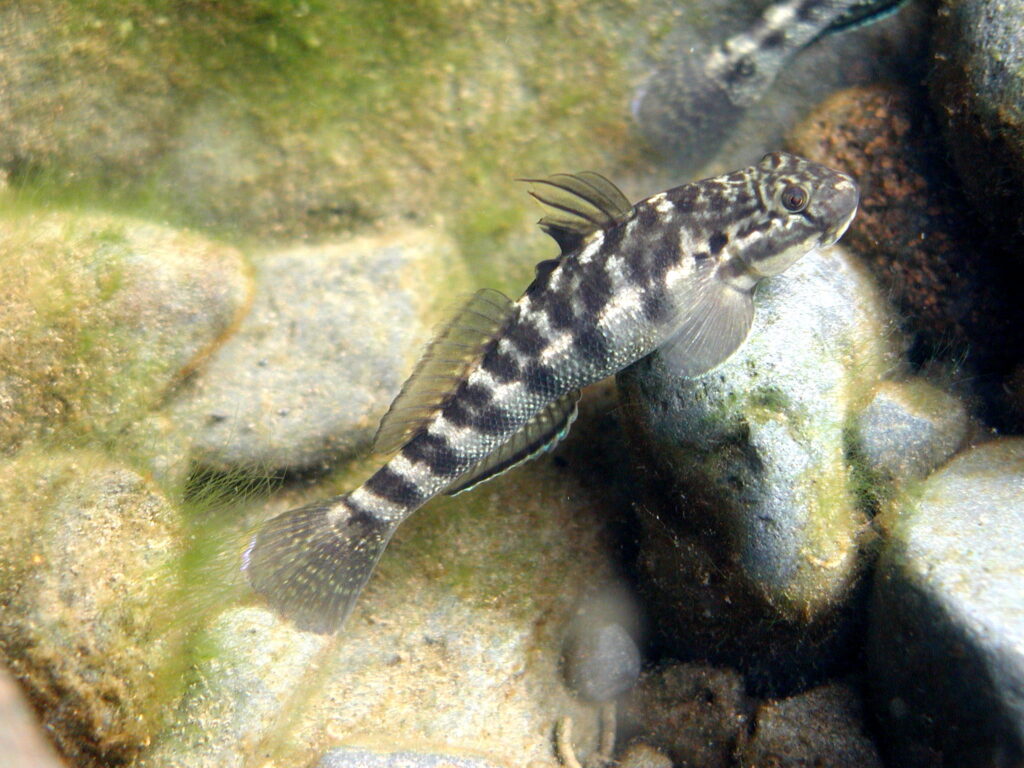
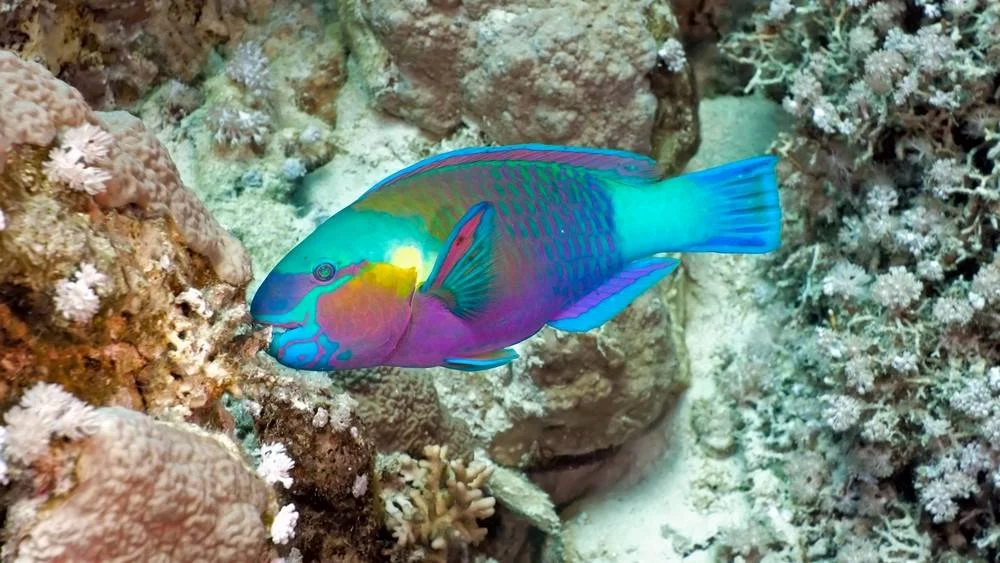
Uhu - Chlorurus perspicillatus
The spectacled and yellowbar parrotfishes are herbivorous reef fish over 30 cm long that graze algae from hard surfaces. Spectacled parrotfish have a wide distribution while yellowbar parrotfish are found from O’ahu northwestward. Males maintain haremic territories. Though important fishery species, spectacled parrotfish populations have declined near populated areas. There are concerns about their vulnerability to night spearfishing. Maintaining healthy populations through appropriate fishing regulations is a key conservation priority.
Niuhi (great white shark) - Carcharodon carcharias
The great white shark is a large predatory shark that feeds on fishes, marine mammals, turtles, and invertebrates. It is a wide-ranging species that occasionally visits Hawai’i, spending time in both shallow and very deep waters. Though slow-growing and not very fecund, it faces no major threats in Hawai’i currently. However, it is impacted by fisheries bycatch and directed catch elsewhere. Maintaining healthy populations via appropriate fishing regulations and protection for this vulnerable species are important conservation goals. Monitoring and research to better understand its populations and distribution are also recommended.
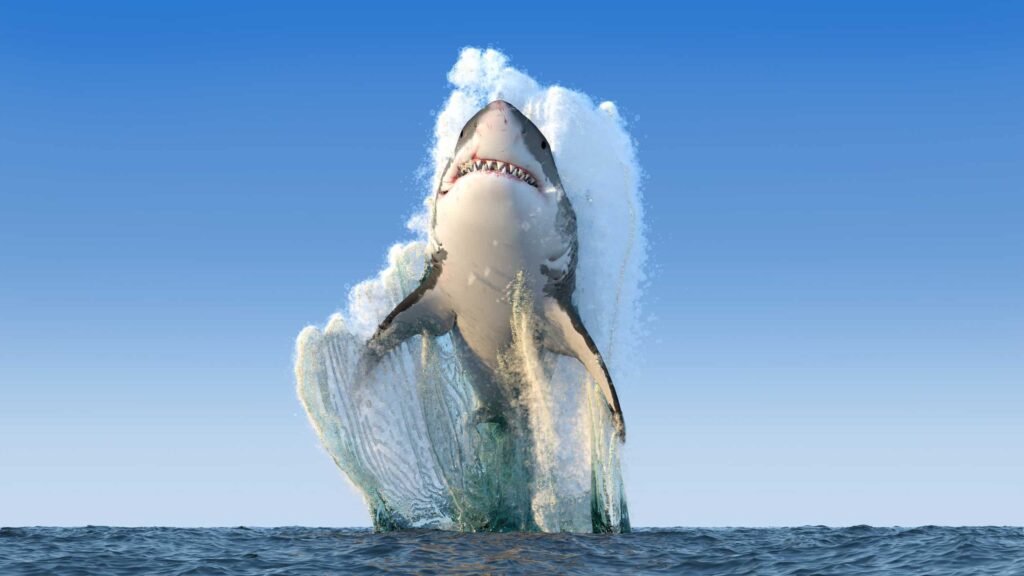
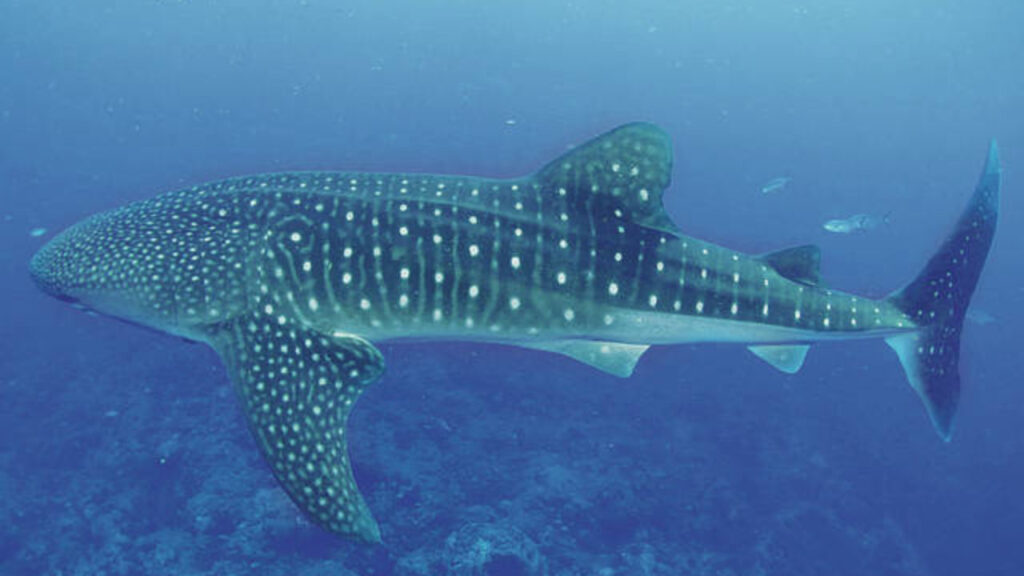
Lele wa‘a (whale shark) - Rhincodon typus
The whale shark is a large filter-feeding shark that consumes plankton and small schooling fishes. It has a broad distribution, including Hawaiian waters, but is not endemic to the islands. Despite its size, it has a very slow growth rate and low fecundity. Though not targeted in Hawai’i, it faces global threats from fisheries bycatch and hunting. Maintaining healthy populations requires appropriate fishing regulations and protection from overexploitation. Monitoring populations and movement patterns are key research priorities for this vulnerable species.
Hāhālua (manta ray) - Manta alfredi or Manta birostris
The manta ray is a large plankton-feeding ray that frequents coastal waters around Hawai’i. It is slow-growing and not very fecund. Though it faces no major threats in Hawai’i, manta ray tourism occurs in some areas. Elsewhere it is impacted by fisheries bycatch and directed catch. Maintaining healthy populations via appropriate fishing regulations and protection for this potentially vulnerable species are important. Monitoring and research to clarify its taxonomy and better understand its populations are also recommended.
